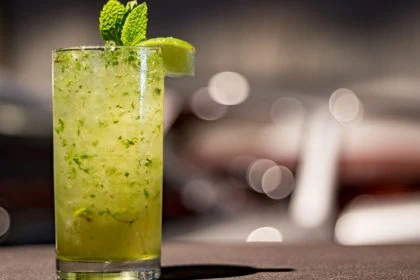The registration of the EU word mark THE TIME was successfully challenged on the grounds of likelihood of confusion with the earlier word mark TIMEHOUSE. The applicant unsuccessfully invoked the so-called “counteraction theory”, which applies to conceptual differences between conflicting marks – but only to clear differences.
Board of Appeal affirmed likelihood of confusion
In the present case THE TIME vs. TIMEHOUSE, the Board of Appeal had found that there was a likelihood of confusion, in particular in view of the visual, aural and conceptual similarity of the signs in question. Moreover, the Board had affirmed the identity of the services in question and the average distinctiveness of the earlier mark.
Facts
The facts are quickly told: Chatwal Hotels & Resorts LLC (USA) applied for trademark protection for the EU word mark THE TIME in April 2017, which was granted. Subsequently, Timehouse Capital GmbH (Germany) filed an action against this trademark registration on the grounds of likelihood of confusion with its own earlier word mark TIMEHOUSE – and this was confirmed by the decision of the Board of Appeal.
The applicant appealed this decision to the European Court of Justice (CJEU), claiming in particular that the Board of Appeal was wrong to find that the conflicting marks were conceptually similar.
Conceptual similarity of the marks in dispute
The applicant argued that the two elements “the” and “time” of the mark applied for would be perceived as a whole, which has a significant impact and indicates a clear and unambiguous concept. The earlier mark TIMEHOUSE, in turn, could be broken down into two words with a clear meaning, namely time and house.
But the CJEU rejected this. According to the case law, the definite article – such as “THE” – has no influence on the perception of a mark by the relevant public, the court explained. And even if the earlier mark can be broken down into “time” and “house,” the fact remains that the term, taken as a whole, does not exist as such in English and thus appears as an invented word.
The Board of Appeal was therefore right to find that the conflicting signs were conceptually similar, the Court ruled. Since the contested mark applied for referred to the concept of “time” in an abstract sense and the earlier mark referred to the idea of sharing a house for certain periods of time, commonly referred to as “time sharing”. Therefore, in view of the common word element “TIME” with clear reference to the term “time”, there is average conceptual similarity between the marks, the CJEU ruled.
Counteraction theory: prime example PICASSO
The conceptual similarity of trademarks has a special meaning, because there is the principle of the so-called “counteraction theory“. This principle became famous in the PICASSO decision of 2006, in which the highest European court (ECJ, C-361/04 P) ruled on the likelihood of confusion between the terms PICARO and PICASSO. The ECJ recognized the principle of the doctrine of contrary effect in it, so that the visual and phonetic similarities between the signs PICARO and PICASSO were neutralized by the conceptual differences between these signs. The ECJ reasoned that PICASSO would be immediately recognized by the relevant public as the name of the famous painter Pablo Picasso and therefore had a clear and specific meaning.
In the current dispute about the word mark THE TIME, however, the case constellation was different, the CJEU stated. In order to be able to apply the principle of the “counteraction theory”, the trademarks in question must show conceptual differences – and a particularly pronounced and obvious conceptual difference, the CJEU emphasized.
But that was not the case here, the court explained, because the Board of Appeal had correctly found that the conflicting marks had an average degree of conceptual similarity.
Action dismissed – likelihood of confusion confirmed
Therefore, there was no need to apply the principle of the “countertransfer theory”, the CJEU ruled, dismissing the action of Chatwal Hotels & Resorts LLC in its entirety. The Board of Appeal had correctly found that there was a likelihood of confusion within the meaning of Article 8(1)(b) of Regulation No 2017/1001 with regard to the services in question.
Protection or defense for your trademark or brand?
Our attorneys will be happy to advise you. Please feel free to contact us if you are interested – we look forward!
Sources:
Text:
Judgement of CJEU ‘counteraction theory’, EU:T:2021:147
Image:









Leave a Reply